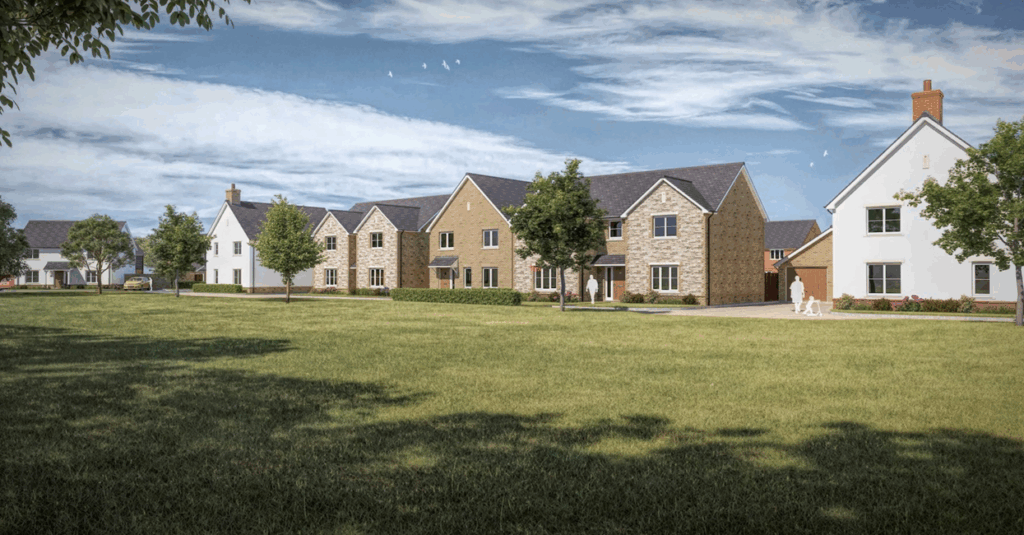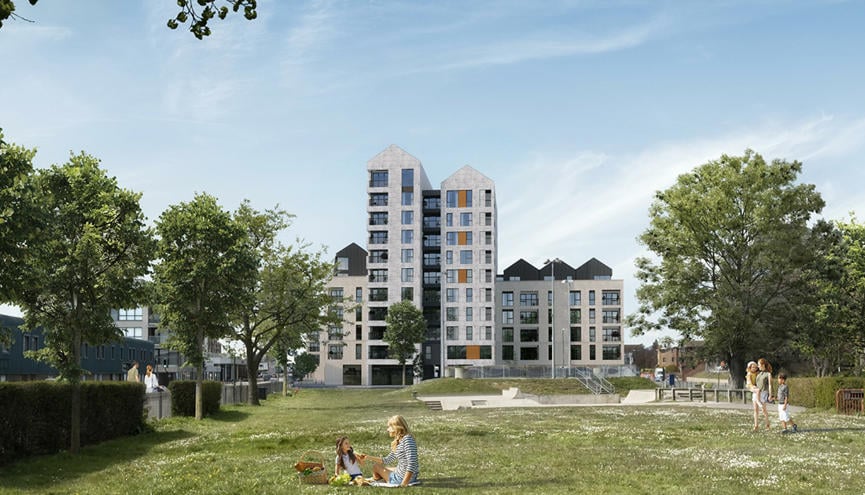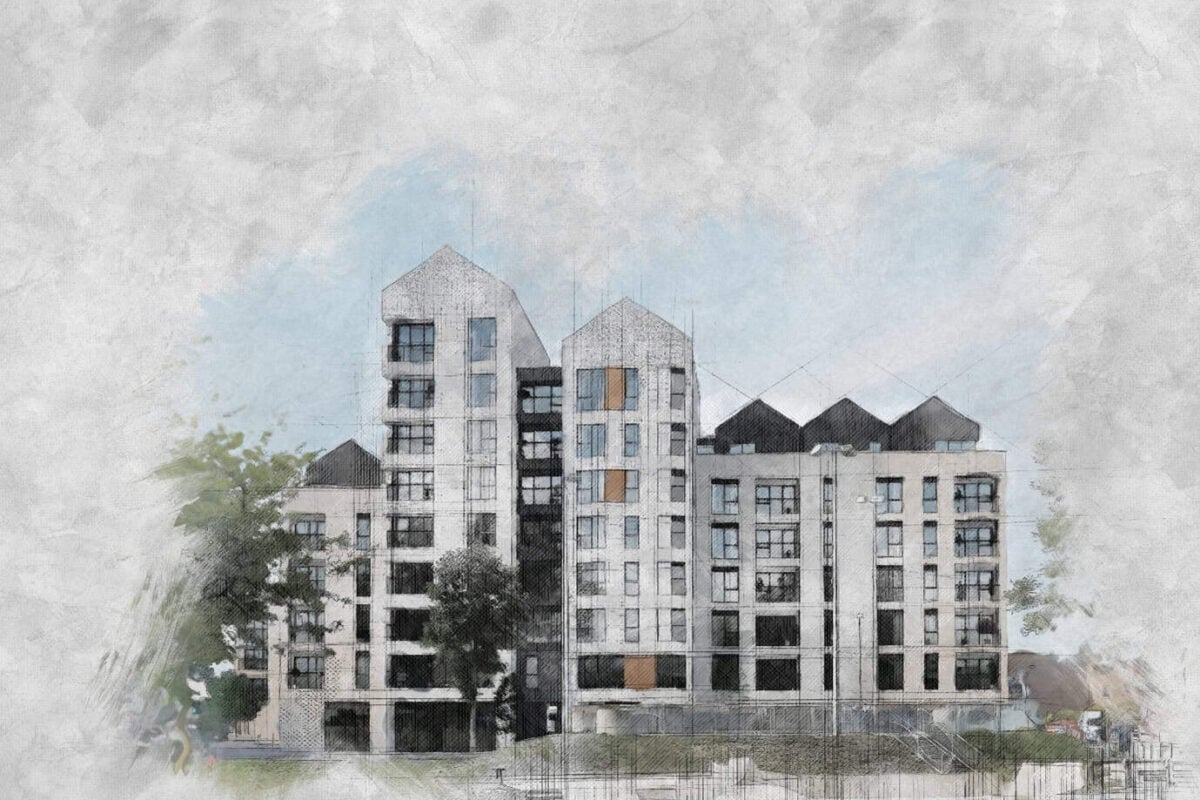That means every design decision must squarely meet the new, stringent regimes. We are proud to announce that the project has now achieved full Building Safety Regulator (BSR) Gateway Two sign-off, a rigorous approval confirming the design is compliant and safe before construction begins. This achievement underscores our industry leadership in delivering complex, safety-first designs under the toughest new regulations.
Having government regulators endorse our design is especially significant. As we’ve previously noted, the Building Safety Act “marks a defining moment” for the UK built environment, reshaping how high-rise homes are delivered. By law, any residential building over 18 m (or seven storeys) is now an HRB, triggering a multi-stage “gateway” regime. Gateway Two, the point at which design approval must be granted before any construction, is effectively a hard stop. In February 2025 the BSR was taking on average 22 weeks to process Gate Two applications, so securing sign-off on schedule represents real success. We credit our structures team’s early engagement and meticulous planning for clearing this hurdle smoothly.
Working closely with Hyde Housing and contractor PMC, our multidisciplinary team designed this £36.5 m built-to-rent development to meet community needs. The scheme provides 159 homes (Block A – 6 storeys; Block B – 9 storeys) for about 470 people. All homes are affordable by design, far exceeding planning targets. Delivering these new homes safely depended on overcoming several formidable structural challenges:







